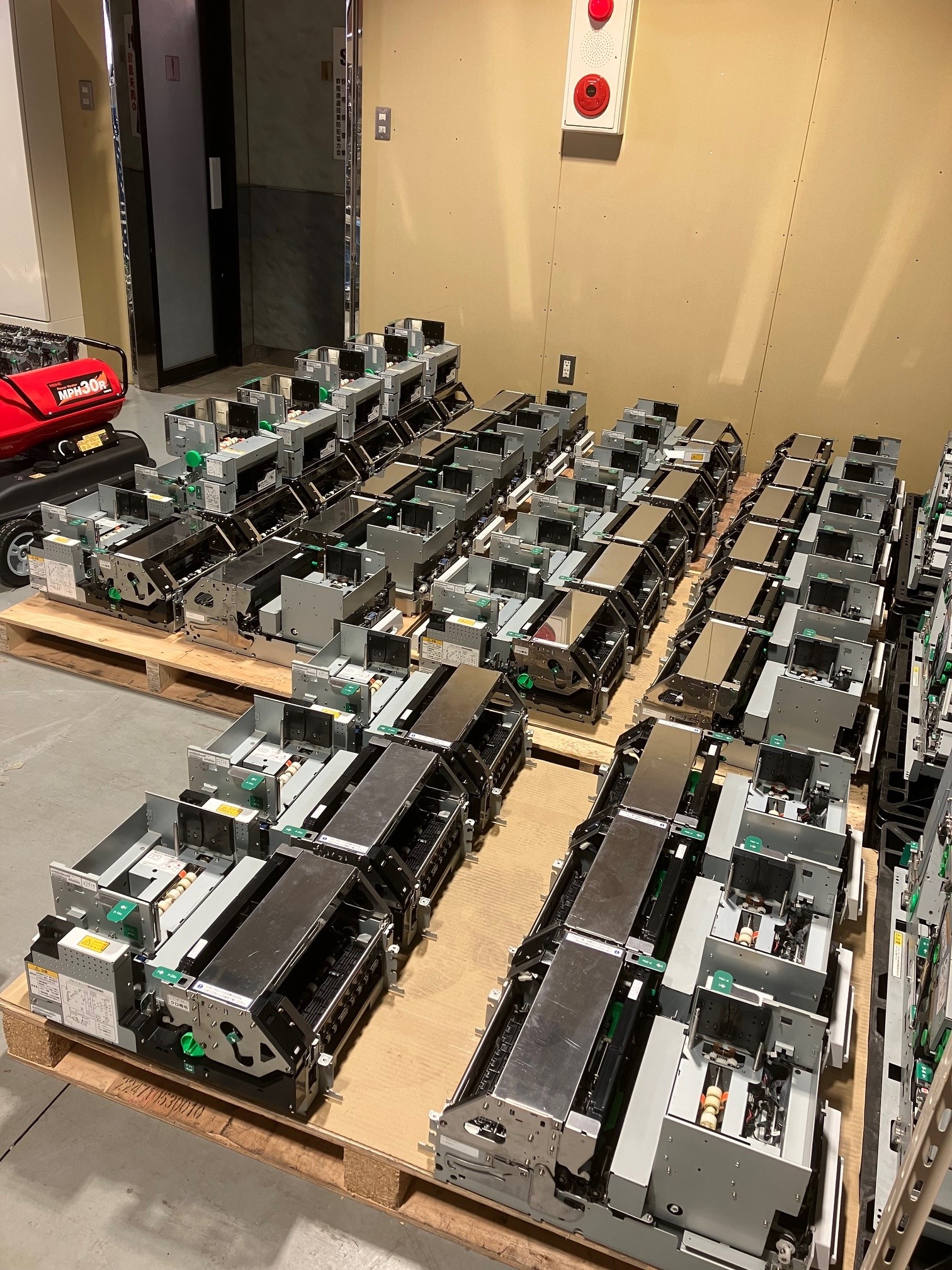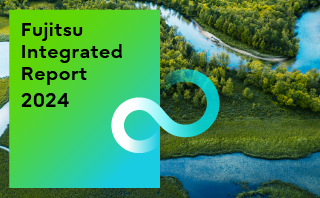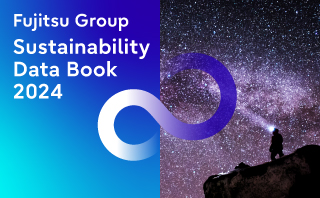-
Sustainability at Fujitsu Group
- Sustainability Management in the Fujitsu Group
- GRB(Global Responsible Business)Goals and Achievments for FY2022
- GRB(Global Responsible Business)Goals for FY2025
- Fujitsu's accessibility
- Stakeholder Engagement
- United Nations Global Compact
- SDG-related Activities in Fujitsu
- External Recognition and Awards
-
Global Responsible Business
- Environment
-
- Environmental Management
- The Fujitsu Group Environmental Vision on Climate Change
- Living in Harmony with Nature (Conservation of Biodiversity)
- Environmental Action Plan
- Environmental Data
- Environmental Communication
- Environmental Social Activities
- Disposal and Recycling of ICT products
- Environmental Considerations in ICT Products
- Governance
-
Data and Documents
- Fujitsu Group Sustainability Data Book 2024
- Social, Governance and Environmental data
- Independent Assurance Report

- GRI Standards / United Nations Global Compact (UNGC) principles Comparison Table
- SASB Standards Comparison Table
- Sustainability Information Disclosure Framework
- Link to regions responsible business reports
- Contact
- Sitemap
Saving and Reusing Resources in Products and Circular Economy Initiatives
Saving Resources in Products and Circular Economy Initiatives
Our Approach
As risks that threaten the sustainability of society and companies continue to rise, such as environmental destruction due to resource depletion and excessive mining, major fluctuations in resource costs around the world, and concerns about the supply of rare metals, the European Commission (EC) has established a new Circular Economy Action Plan (2.0) as a growth strategic pillar of the European Green Deal and is moving forward with measures to accelerate further implementation of resource efficiency into society. For example, the EC has proposed the Circular Electronics Initiative, as well as maintenance for the eco design directive, and is promoting a circular economy through the entire life cycle of products. This is a growing trend all over the world. We believe that from the perspective of recycling resources, it is important for us to make efficient use of the resources in the ICT products that we provide to customers. We have engaged in design that draws on the principles of reduce, reuse, and recycle, and have developed our products with technology that is effective in reducing the amount of resources we use. Given the growing importance of the circular economy worldwide in recent years, we will continue to promote the reduction of environmental impact through resource saving while shifting our focus to the realization of the circular economy.
FY2023 Performance
| Targets under the Fujitsu Group Environmental Action Plan (Stage Ⅺ) | FY2023 result |
|---|---|
| Development of products and services that contribute to a circular economy business model | Each Product Business Division set its own goals. |
We have established a new resource goal: “Develop products and services that contribute to a circular economy business model.”
Under Stage X of Fujitsu Group Environmental Action Plan, we have been uniformly promoting resource saving and resource efficiency(*1) improvement for all products. The goal of Stage XI is to develop products and services that contribute to a circular economy business model. To achieve this goal, we will pursue a shift from a one-time purchase model to a service type business model or new business models.
- (*1)Resource Efficiency is our own index calculated by dividing the product value by the environmental burden from resource usage and disposal of each material (resource) that makes up the product.
Each Product Business Division set its own goals.
The Product Design and Development Divisions played a leading role in organizing briefings and workshops on the circular economy business, and the Product Business Divisions have set targets in accordance with the Fujitsu Group Environmental Action Plan (Stage XI).
Looking Ahead
In FY2024, we will provide education for front-line employees (sales, consultants, etc.) to deepen their understanding of circular economy business. In addition, workshops will be held to train them to conduct business negotiations related to the circular economy.
Examples of Initiatives in FY2023
 ATM remanufactured maintenance parts (units)
ATM remanufactured maintenance parts (units)
Development of a reuse program for ATM maintenance parts (Fujitsu Frontech)
When we replace our customers' ATMs, we take back old ATMs that would normally be scrapped and refurbish some of the parts to be used as maintenance parts. This reduces the number of newly manufactured maintenance parts, thereby limiting the use of new resources and helping to reduce waste.
Product Recycling
Our Approach
The Fujitsu Group's recycling activities are based on the concept of Extended Producer Responsibility (EPR), which holds producers responsible for product design and manufacturing as well as disposal and recycling, and the concept of Individual Producer Responsibility (IPR), which holds a company responsible for its own products. Fujitsu is certified for area-wide disposal of industrial waste based on the Act to Promote Effective Utilization of Resources in Japan. In accordance with these concepts, Fujitsu Recycling Centers around Japan are entrusted to properly dispose of industrial waste, and one of Fujitsu’s voluntary management indicators is "to reuse at least 90% of the resources in its ICT products for businesses."
Changes in Resource Reuse Rates of End-of-life Business ICT Products
| Item | FY2021 | FY2022 | FY2023 |
|---|---|---|---|
| Resource reuse rate (%) | 92.9 | 93.6 | 94.1 |


